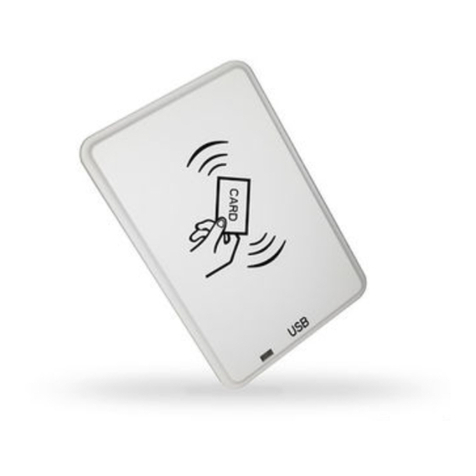User manual
Contents
1. Product Overview........................................................................ 1
1.1. Introduction.............................................................................. 1
1.2. Product Features ...................................................................... 1
1.3. Pictures .................................................................................... 1
1.4. Main Parameter........................................................................ 2
2. Hardware Interface Description................................................... 2
3. Description Of Indicator Light..................................................... 3
4. Device Connection Instructions................................................... 3
4.1. Device Connection Instructions............................................... 3
4.2. Configuration Description Of Parameters................................ 5
4.2.1. Communication Interface............................................. 5
4.2.2. Buzzer Default Parameters........................................... 6
4.2.3. RF Parameters.............................................................. 6
4.2.4. Inventory Parameters................................................... 8
4.2.5. System Work Mode...................................................... 9
4.3. Testing.................................................................................... 10
4.3.1. Multi-tags Inventory Testing...................................... 10
4.3.2. Single Tag Operation Testing......................................11
5. Technical Support ...................................................................... 13




























